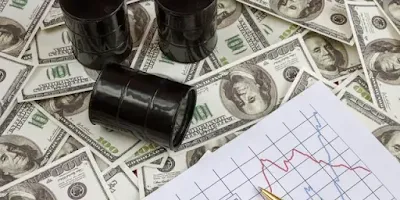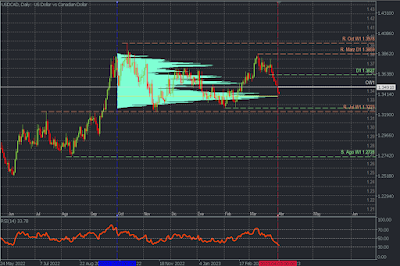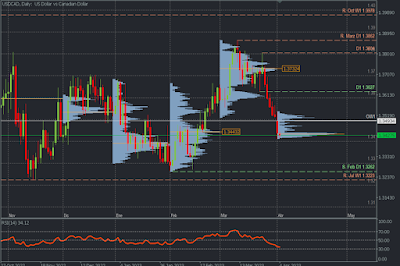OPEC Decisions and Their Effects on the Market
Page Title
The History of OPEC Decisions and Their Effects on the Market
The Organization of the Petroleum Exporting Countries (OPEC) has been a major player in the global oil market since its establishment in
The Formation of OPEC.
The Organization of the Petroleum Exporting Countries (OPEC) was formed in 1960 by five founding members: Iran, Iraq, Kuwait, Saudi Arabia, and Venezuela. The goal of the organization was to coordinate and unify the petroleum policies of its member countries and ensure the stabilization of oil markets in order to secure an efficient, economic, and regular supply of petroleum to consumers. Over the years, OPEC has grown to include 14 member countries and has become a major force in the global oil market.The First Oil Embargo.
One of the most significant decisions made by OPEC was the oil embargo of 1973. In response to the United States' support of Israel during the Yom Kippur War, OPEC members decided to cut oil exports to the US and other countries that supported Israel.This led to a global oil crisis, with prices skyrocketing and shortages occurring in many countries.The embargo lasted for several months and had a lasting impact on the global economy, leading to increased interest in alternative energy sources and greater efforts to reduce dependence on oil.
The Recent Production Cuts.
In recent years, OPEC has implemented production cuts in an effort to stabilize oil prices and reduce oversupply in the market. In 2016, OPEC members agreed to cut production by 1.2 million barrels per day, with non-OPEC countries also agreeing to cut production by 600,000 barrels per day.This decision led to a significant increase in oil prices, with Brent crude reaching $57 per barrel in December 2016.However, the effectiveness of these production cuts has been debated, with some experts arguing that they have been offset by increased production from non-OPEC countries like the United States.
What was OPEC's decision?
On Sunday, April 2, 2023, OPEC+ members met to make a crucial decision for the world oil market. OPEC+ is the organization that brings together the world's largest oil-producing countries plus Russia, including Saudi Arabia and the United Arab Emirates, among others.The decision made was to reduce oil production by 1 million barrels per day for the next three months, which significantly reduces the supply of crude oil by around 3.66 million bpd, equivalent to around 3.7%. of demand, if we include the cut of 2 million barrels last October.
This measure caused an immediate reaction in the main crude markers, causing a wide upward gap after the opening of the West Texas (WTI) and Brent prices.
Faced with a lower supply of crude oil, prices tend to rise, driving the prices of WTI crude oil by 6.22%, to USD 80.38 per barrel, while Brent rose 5.77%, to USD 84.52 per barrel.
What impact will this decision have on the Forex market?
Since all markets are interconnected, the fundamentals that affect important commodities such as crude oil have a direct impact on the prices of several major currencies, such as the USD and CAD.
Canada is one of the main oil producers in the world and the main exporter of this raw material to the United States, so the reduction in OPEC + oil production may extend the increase in oil prices in the short term. , further boosting the value of the CAD, especially against the USD and JPY.





.png)
0 Comments